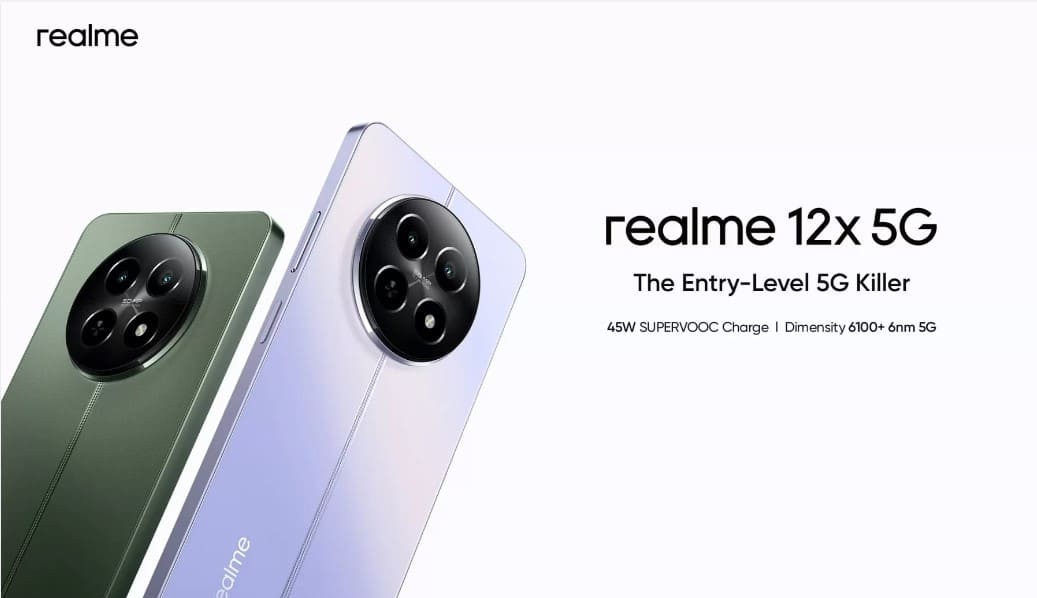In recent years, the field of mixed reality has been gaining momentum, and Apple has now entered the arena with its groundbreaking product, the Apple Vision Pro headset. Priced at a staggering $3,500 (2,90,000 INR Approx) this device is not for the masses but rather a statement piece that showcases Apple’s commitment to cutting-edge technology. In this article, we will explore the key features, developer support, usage behavior, and potential impact of the Apple Vision Pro headset.
Table of Contents
The Technological Marvel of Apple Vision Pro
Apple CEO Tim Cook emphasized that the high price of the Vision Pro headset is justified by the incredible technological advancements packed into it. Built on a foundation of 5,000 patents, the Vision Pro is a testament to Apple’s commitment to pushing the boundaries of innovation. The headset introduces spacial computing, allowing wearers to seamlessly integrate digital content into their physical surroundings.
The Vision Pro boasts two 4K micro-OLED screens, offering exceptional image quality. It also incorporates hand-eye control interfaces and real-time passthrough video capabilities, creating a fully immersive experience. The device is powered by two Apple Silicon chips, ensuring smooth performance and enabling the availability of over 600 new apps and games tailored specifically for the headset.
Robust Developer Support for Vision Pro
Before the retail availability of the Vision Pro, there were concerns about Apple’s ability to garner developer support for its mixed-reality headset. However, these concerns were quickly dispelled when Apple announced that the number of native Vision Pro apps exceeded 600. This extensive list of compatible apps spans various categories, including entertainment and productivity. Notable names such as Adobe Firefly, Lightroom, Microsoft 365 office apps, and Zoom have already embraced the Vision Pro platform.
Developers continue to announce new apps and games specifically designed for the Vision Pro, indicating a growing ecosystem that will further enhance the headset’s capabilities. The robust developer support for the Vision Pro sets it apart from other mixed-reality headsets on the market, showcasing Apple’s ability to attract and engage the developer community.
Exploring the Use Cases of Vision Pro
Apple’s marketing material suggests several compelling use cases for the Vision Pro headset. It envisions the device being utilized for futuristic FaceTime calls in 3D, transforming it into a high-tech TV, or serving as a productivity device. While these use cases offer exciting possibilities, there is also a wild side to the Vision Pro’s usage that Apple cannot control.
Some users have been spotted wearing the headset while engaging in activities such as driving or crossing the road, leading to safety concerns. This highlights a new challenge that Apple must address – ensuring responsible and safe usage of the device. Face computers like the Vision Pro raise questions about social acceptability and privacy, which Apple needs to navigate carefully.
The Loneliness of Watching Movies with Vision Pro
While the Vision Pro offers a truly immersive cinematic experience with its 3D capabilities, it also introduces a potential downside – the experience can be solitary. Unlike traditional TVs, which have always been a shared experience, watching movies with the Vision Pro can be isolating. Apple’s promotional material focuses on turning the headset into a giant TV, but this approach may alienate users seeking a more communal viewing experience.
Addressing the Weight and Comfort of Vision Pro
One aspect that users have noticed about the Vision Pro headset is its weight. The headset weighs between 21.2 and 22.9 ounces, which can feel heavy after prolonged use. Apple’s design team has acknowledged this, stating that there was no way to make the headset lighter without compromising its functionality. The Vision Pro’s weight is a common challenge faced by face computers, as finding the balance between comfort and technological capabilities remains an ongoing struggle.
Battery Life and Usage Limitations
Battery life is another aspect where the Vision Pro faces challenges in comparison to smartphones and laptops. The headset ships with a separate battery pack to reduce the weight on the user’s head. However, the battery pack only lasts up to 2.5 hours, which may limit extended usage. Apple offers an additional battery pack for purchase to extend usage and battery life, but this workaround comes at an extra cost.
The Potential Impact of Vision Pro
The Apple Vision Pro headset has already captured the attention of major corporations like Walmart and Nike, who are exploring potential applications for the device among their customers and employees. This indicates that the capabilities of the Vision Pro extend beyond entertainment and have broader implications for various industries. While the headset is currently available in limited markets, its impact is expected to grow as Apple expands its availability.
Conclusion
The Apple Vision Pro headset represents a significant step forward in the world of mixed reality. With its unparalleled technological advancements, robust developer support, and potential for diverse use cases, the Vision Pro is poised to reshape how we interact with digital content. While challenges such as responsible usage and comfort remain, Apple’s entry into the mixed-reality space with the Vision Pro sets the stage for a new era of immersive experiences.
To know more keep visiting our website.










